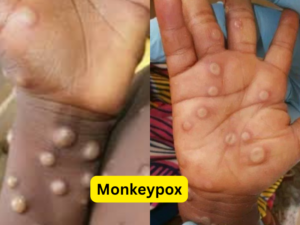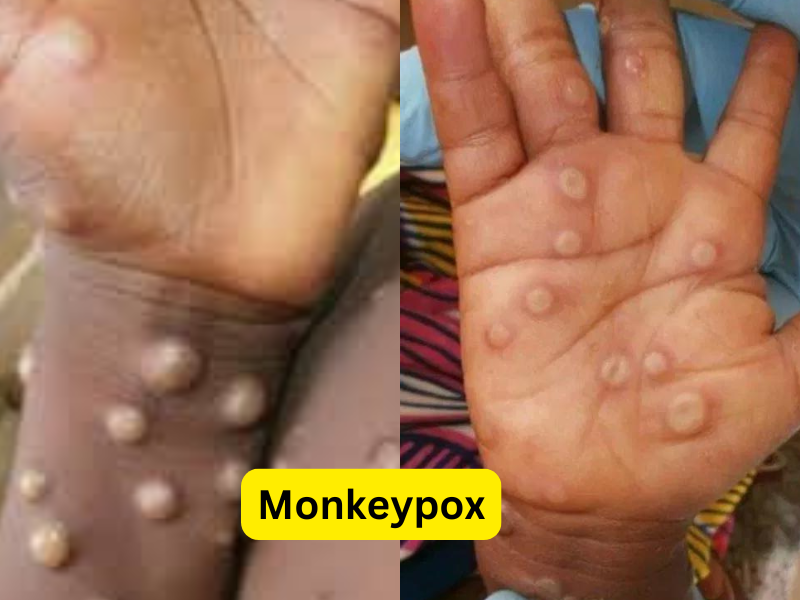Understanding Monkeypox : Global Impact and Key Information

Monkeypox, now referred to as mpox, has gained significant attention worldwide due to rising cases and concerns about its spread. This viral disease, which shares similarities with smallpox, has sparked several questions: Which country has the most cases of monkeypox?, How many monkeypox cases are there?, Can mpox be cured?, and Is mpox the same as monkeypox? In this article, we’ll address these questions and provide insights into the global outbreak of mpox.
Which Country Has the Most Cases of Monkeypox?
As of 2023, the United States has reported the highest number of confirmed mpox cases. The rapid spread in various states raised global alarm, particularly due to its unexpected emergence outside the African regions where mpox had traditionally been endemic. Europe, notably Spain, the United Kingdom, and France, also saw significant outbreaks.
Mpox cases began increasing globally in mid-2022, with the World Health Organization (WHO) declaring the outbreak a Public Health Emergency of International Concern. The widespread nature of the disease outside of Africa marked a turning point in global awareness of mpox, prompting health authorities to take urgent action.
How Many Monkeypox Cases Are There?
As of late 2023, more than 88,000 confirmed cases of mpox have been reported globally, spanning over 110 countries. The exact number fluctuates as cases are confirmed, treated, or new outbreaks occur. The WHO and other public health agencies continuously track the spread to understand the dynamics of the virus and its transmission pathways.
While numbers may vary by region, the overall increase has been significant, particularly in countries that had previously not experienced mpox outbreaks. The availability of testing, reporting mechanisms, and healthcare infrastructure all play a role in determining how widespread the infection truly is in different regions.
Can Mpox Be Cured?
One of the most common questions surrounding the virus is, Can mpox be cured? While there is no specific cure for mpox, the disease can be managed with supportive care. Most individuals recover within 2 to 4 weeks without the need for specialized treatment.
In severe cases, antiviral medications, such as Tecovirimat (TPOXX), which were originally developed for smallpox, may be prescribed. Additionally, the smallpox vaccine has been shown to be effective in preventing or reducing the severity of mpox infection. The vaccination is now a crucial tool in controlling outbreaks and preventing further spread.
Symptoms and Treatment
Mpox typically causes flu-like symptoms, swollen lymph nodes, and a characteristic rash that develops into fluid-filled blisters. Managing these symptoms through hydration, rest, and pain relief helps patients recover more comfortably. The risk of complications is higher in individuals with weakened immune systems, making it important to monitor vulnerable populations closely.
Is Mpox the Same as Monkeypox?
Yes, mpox is simply the new name for monkeypox. In 2022, the WHO recommended the name “mpox” to replace “monkeypox” in an effort to reduce stigma and align with modern naming conventions for viruses. The virus itself remains the same, with the name change being largely for social and cultural reasons.
Mpox is a member of the orthopoxvirus family, the same group that includes the smallpox virus. While less deadly than smallpox, mpox can still cause significant illness, especially in individuals with compromised immune systems or those without access to adequate healthcare.
Mpox continues to be a global health concern, with outbreaks still being monitored in various countries. While there is no definitive cure, preventive measures such as vaccination, early detection, and supportive care play a crucial role in controlling the spread of the virus. Understanding the current trends and risk factors of mpox helps ensure that communities stay informed and protected against future outbreaks.




